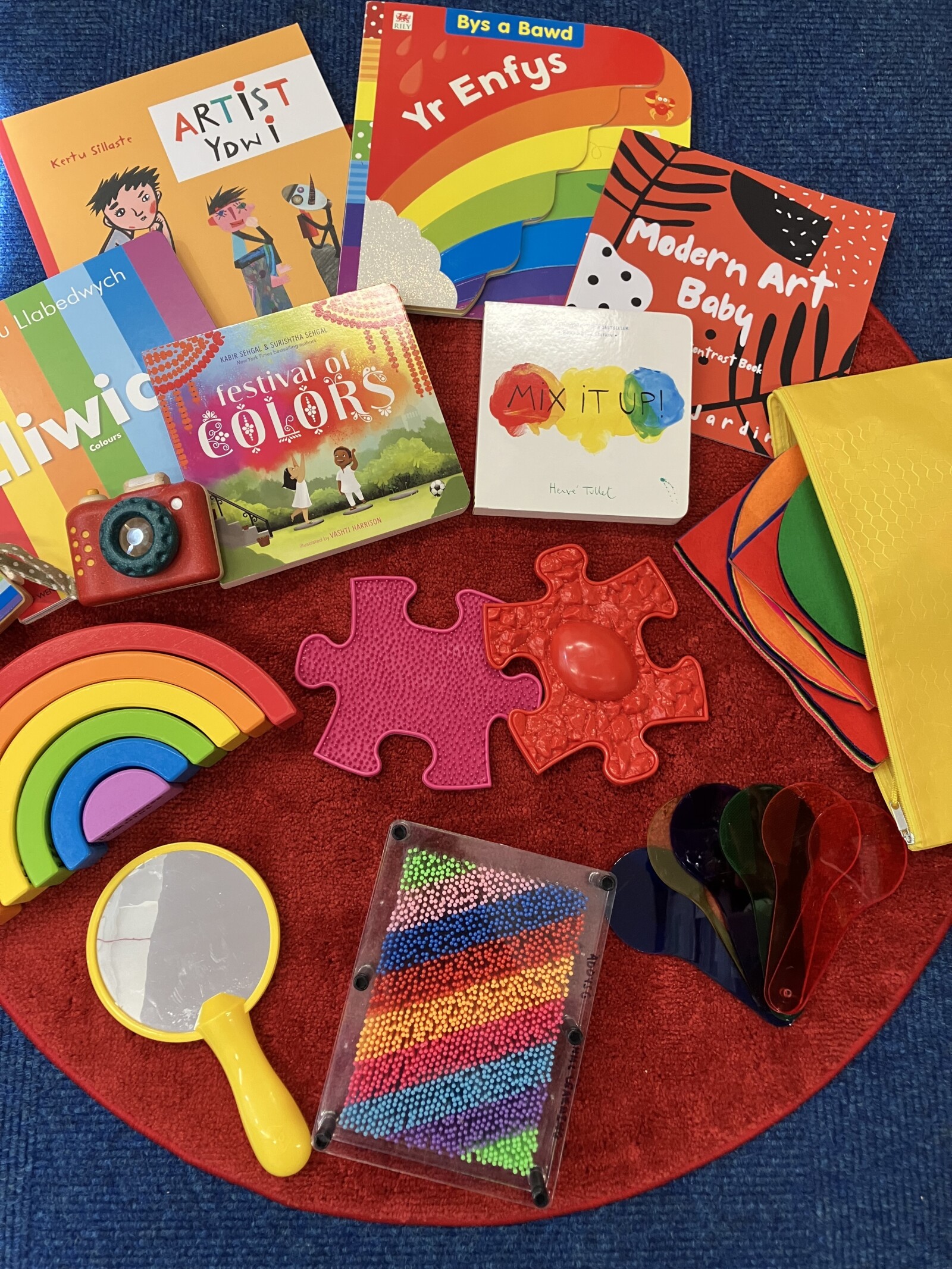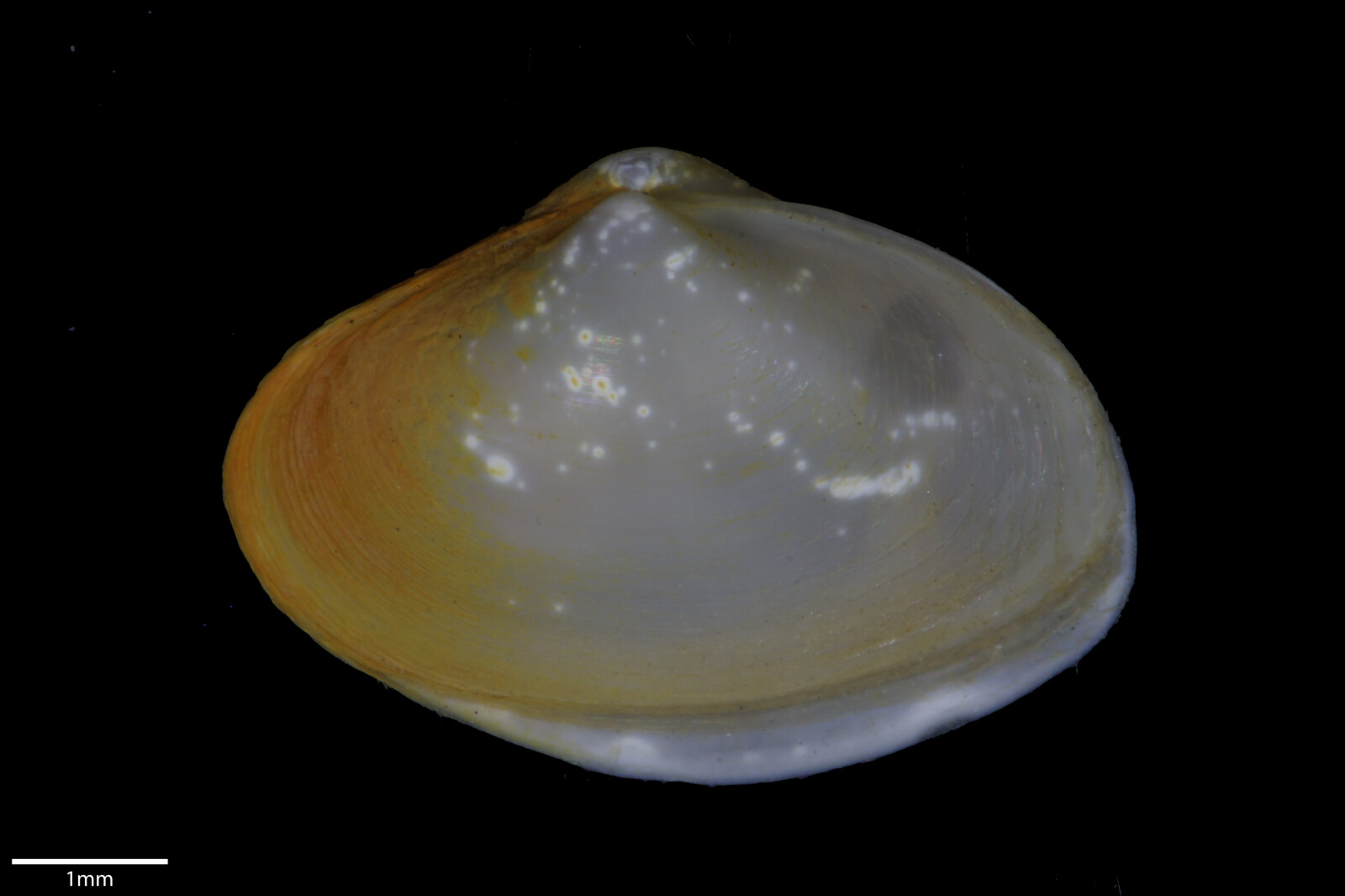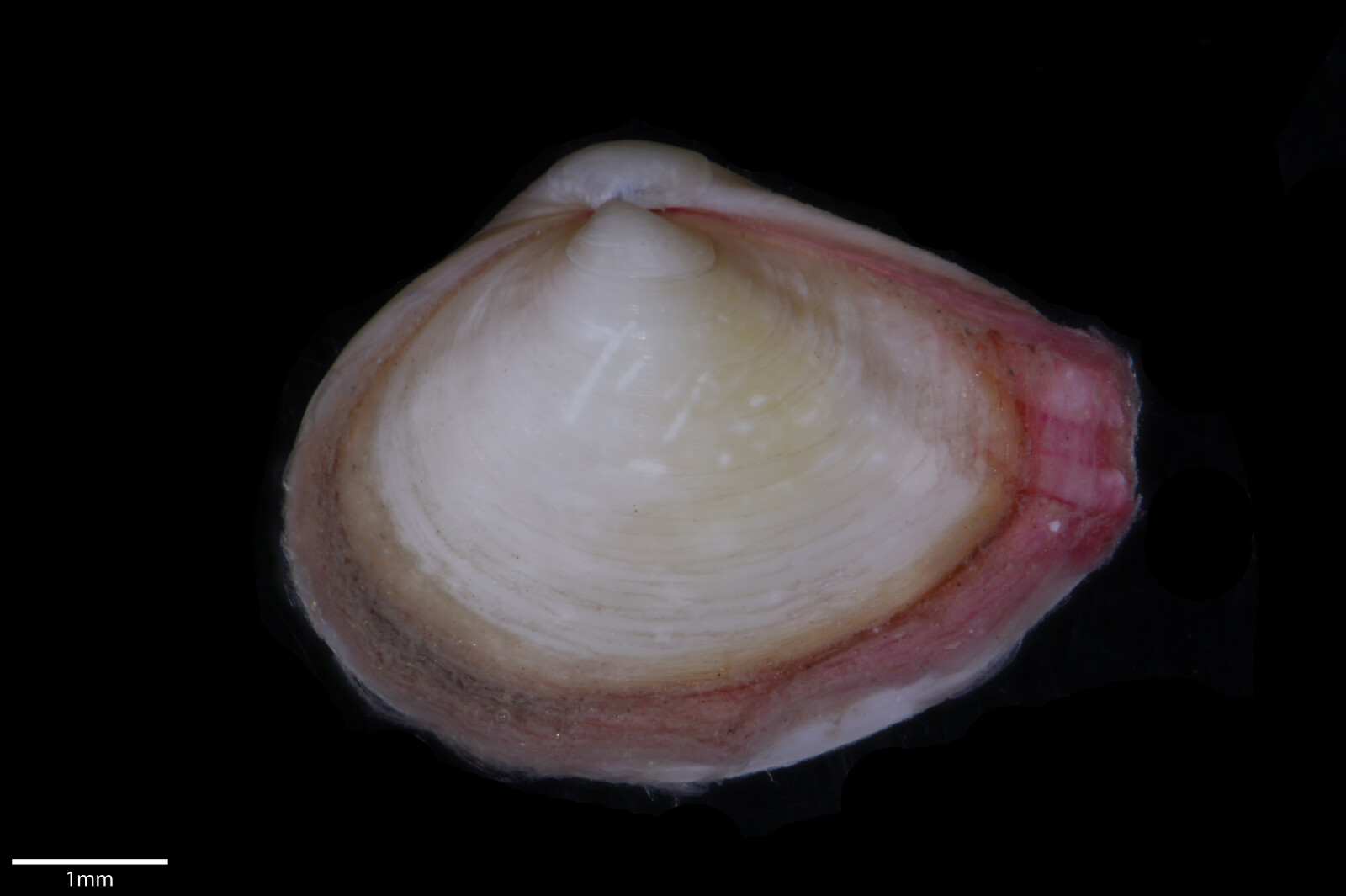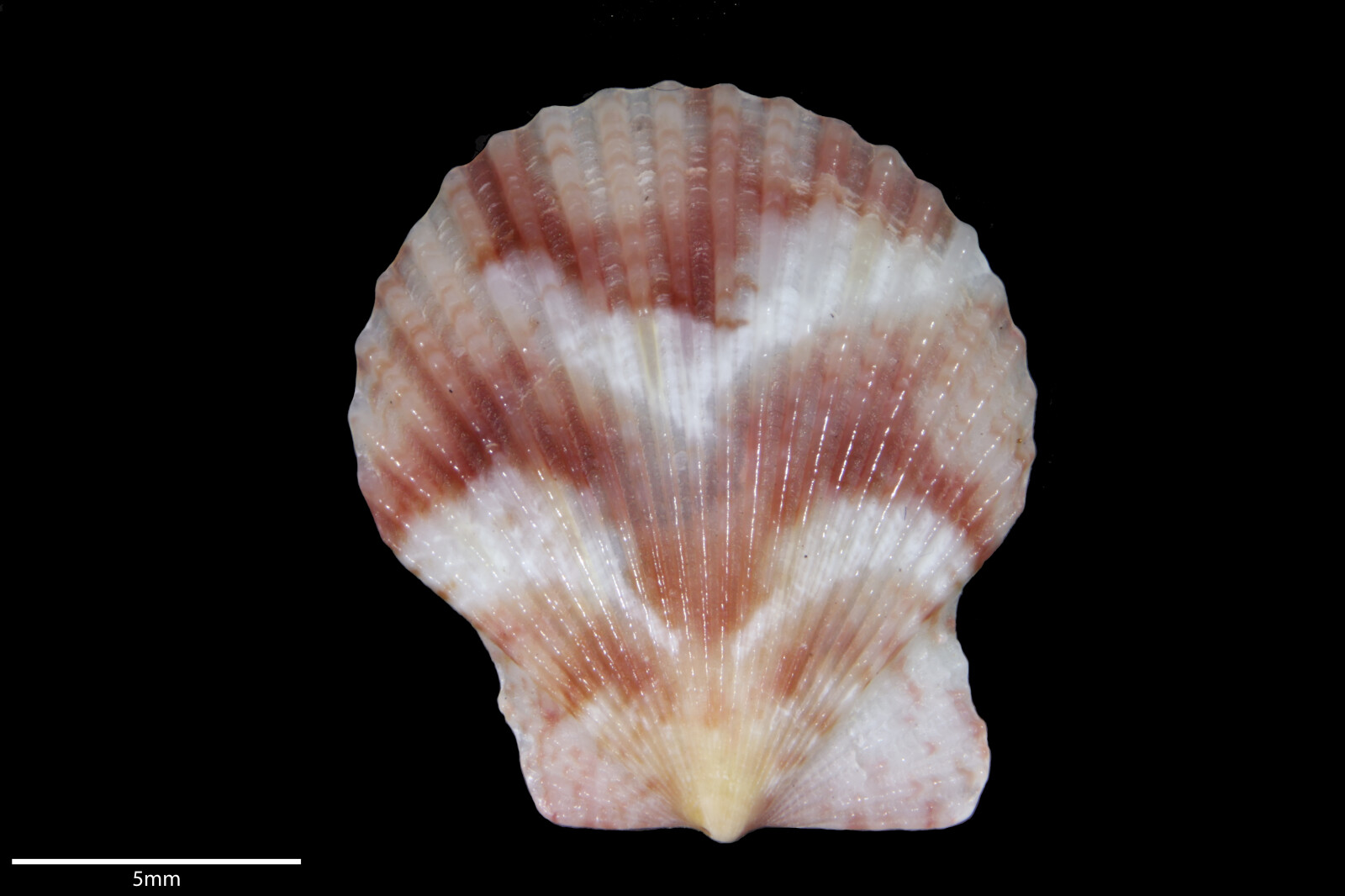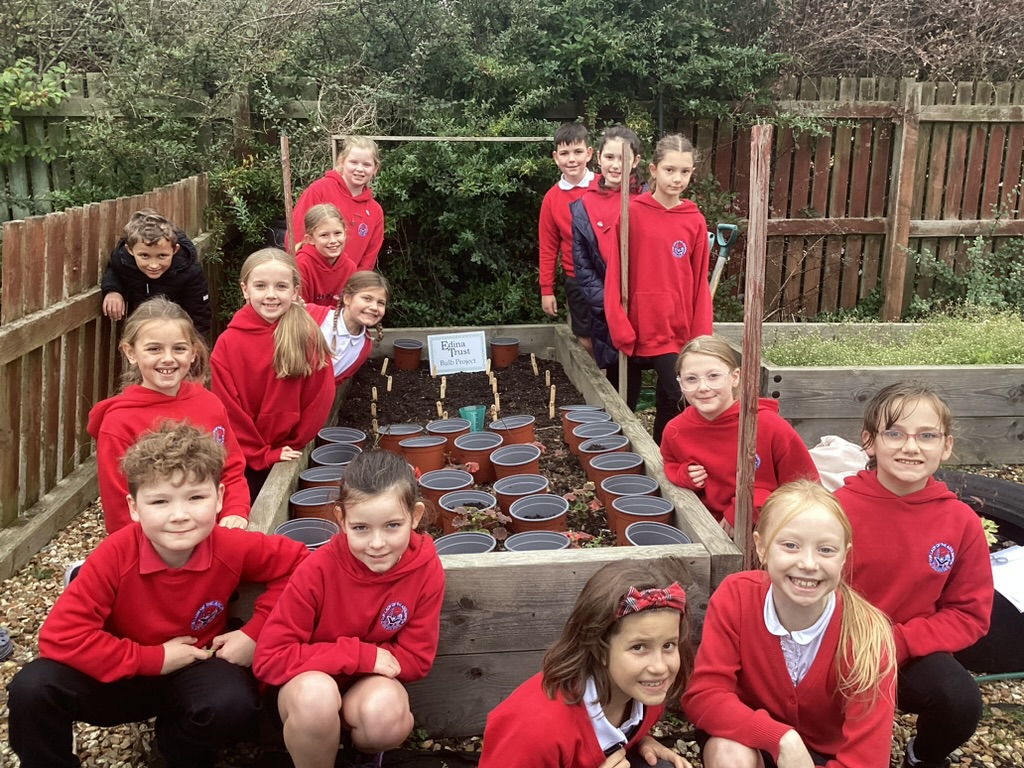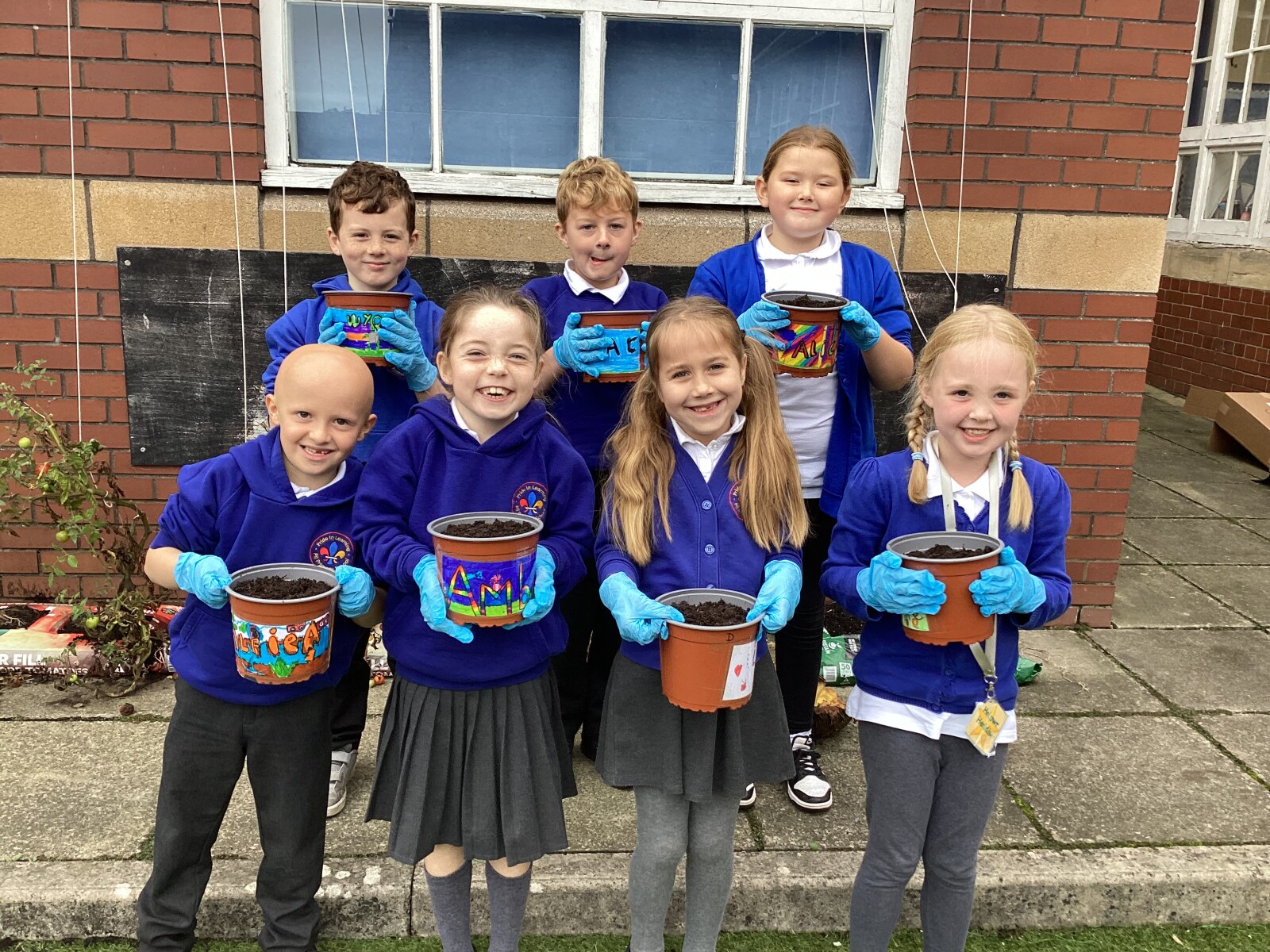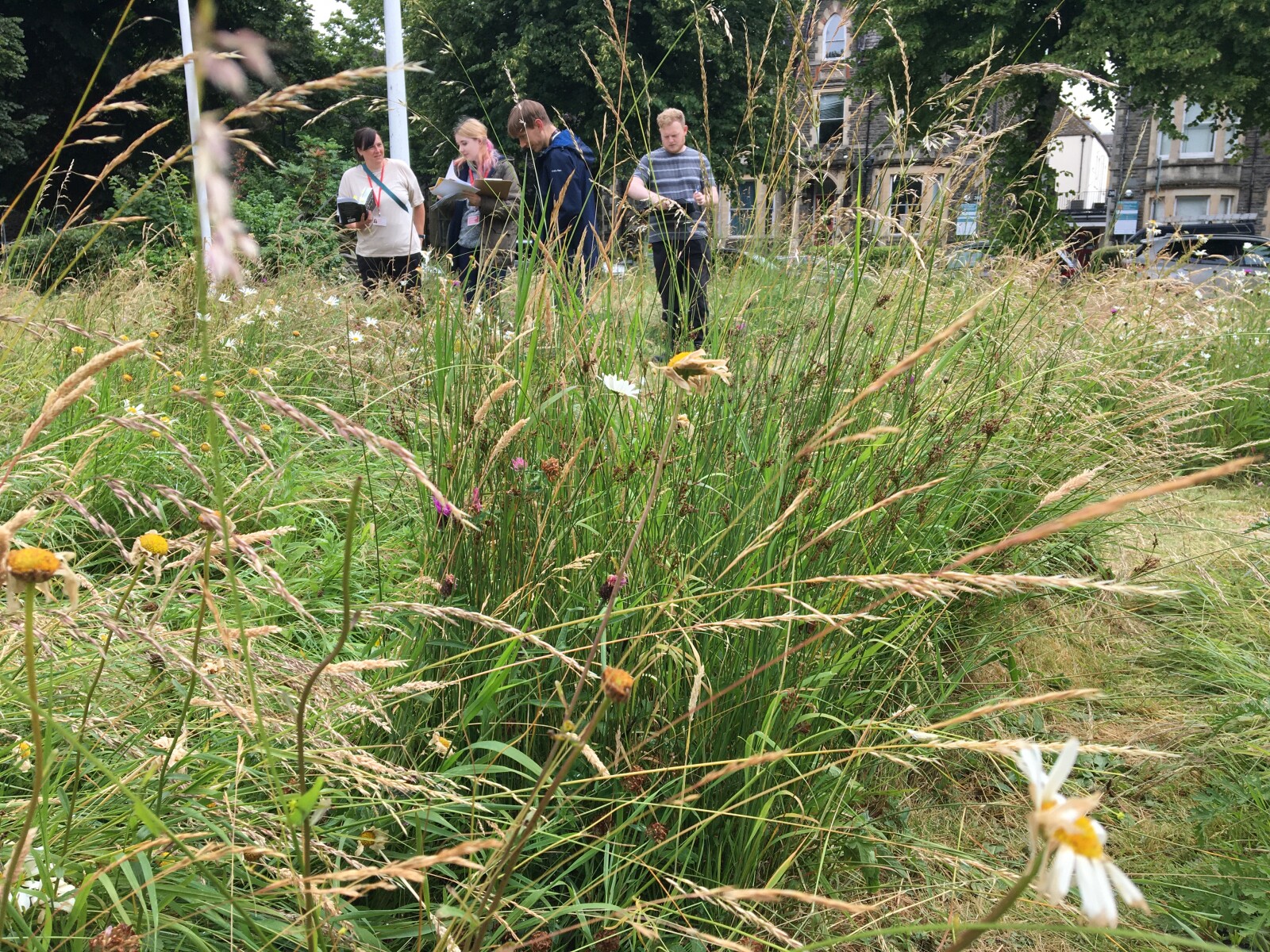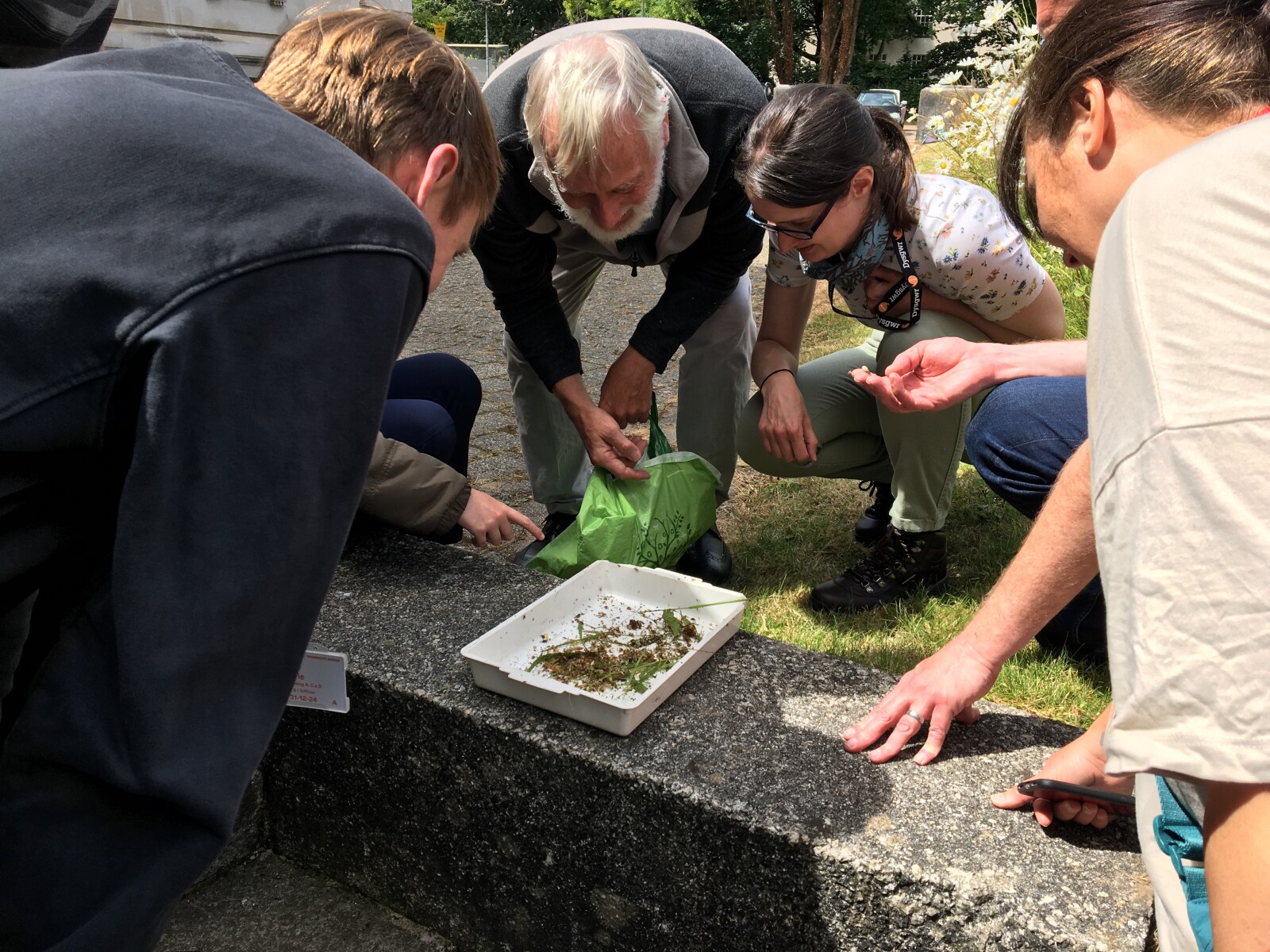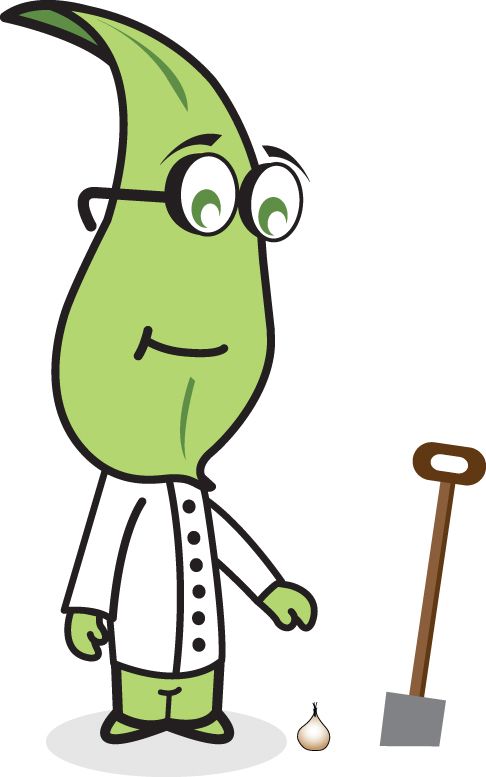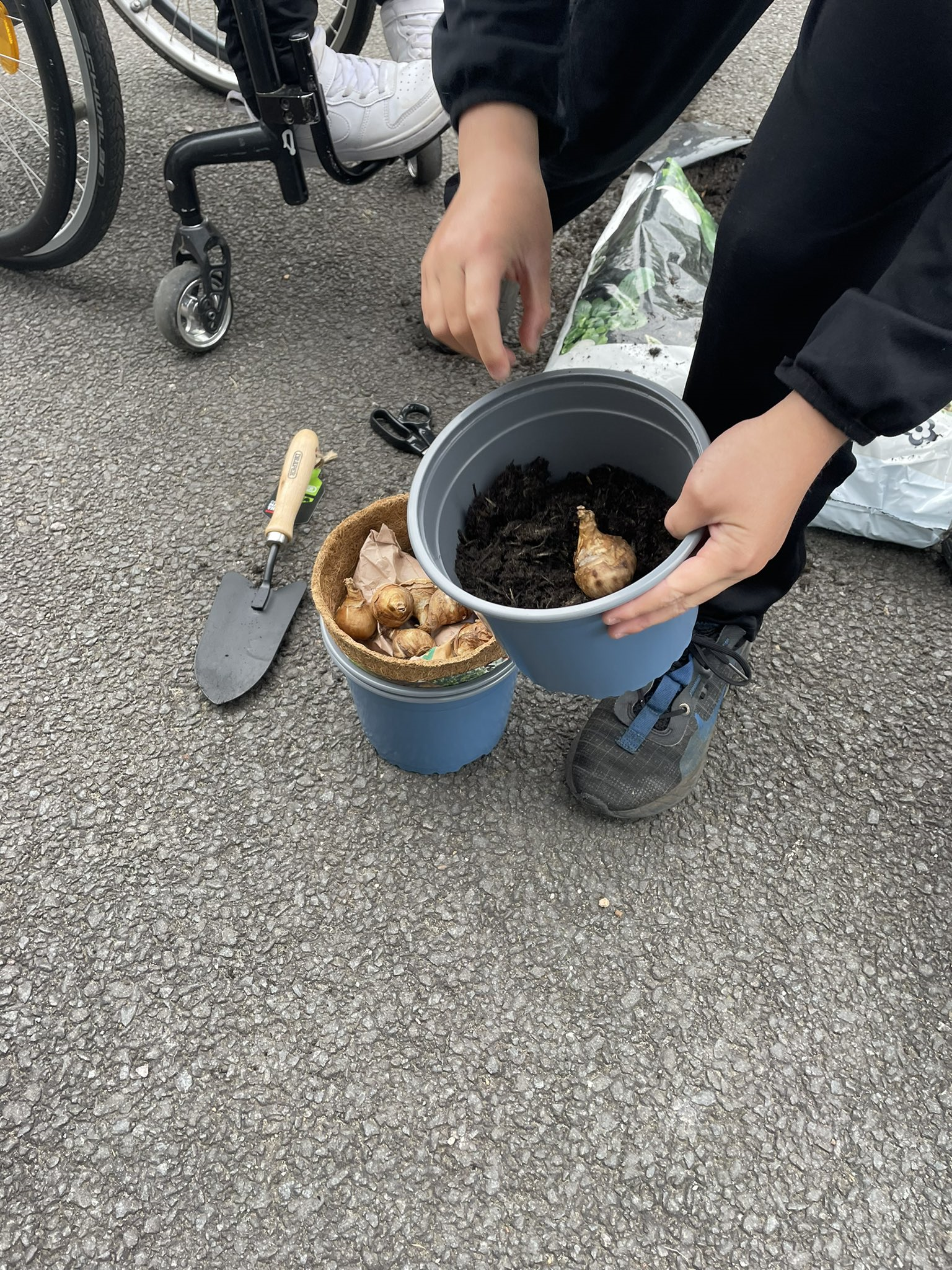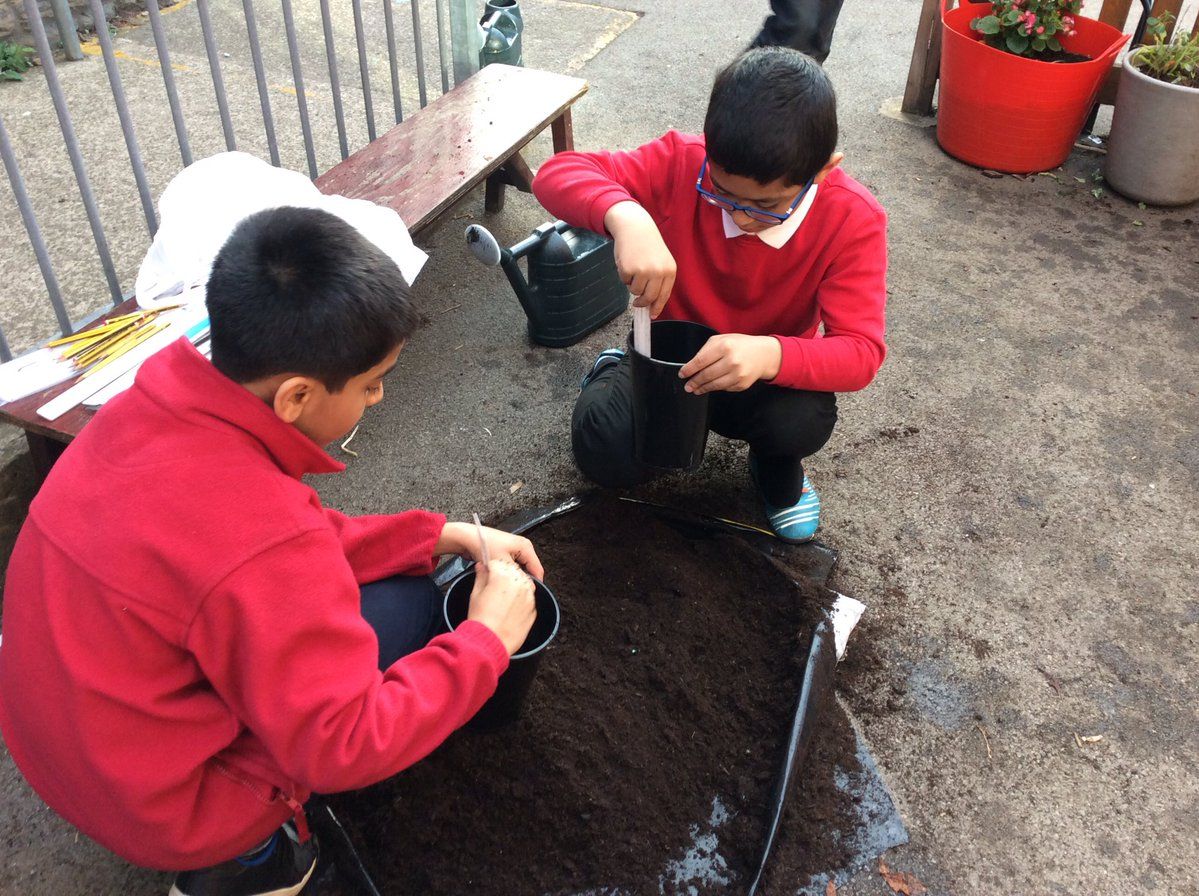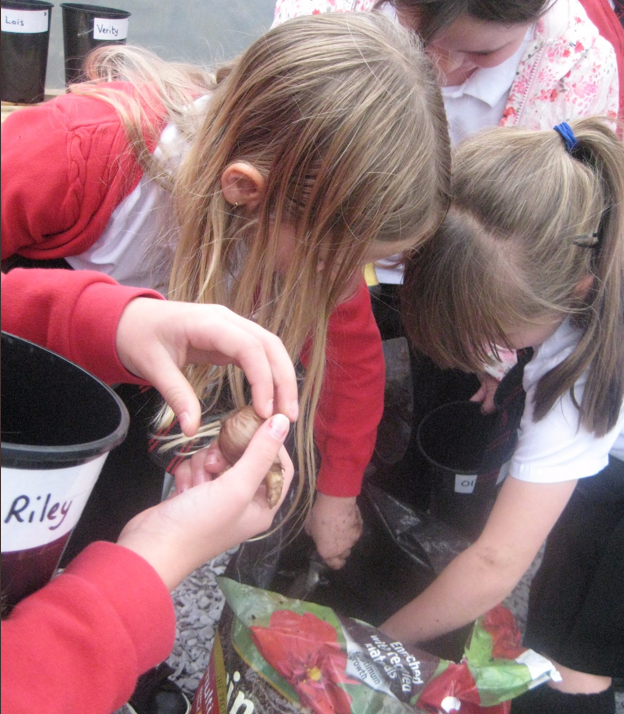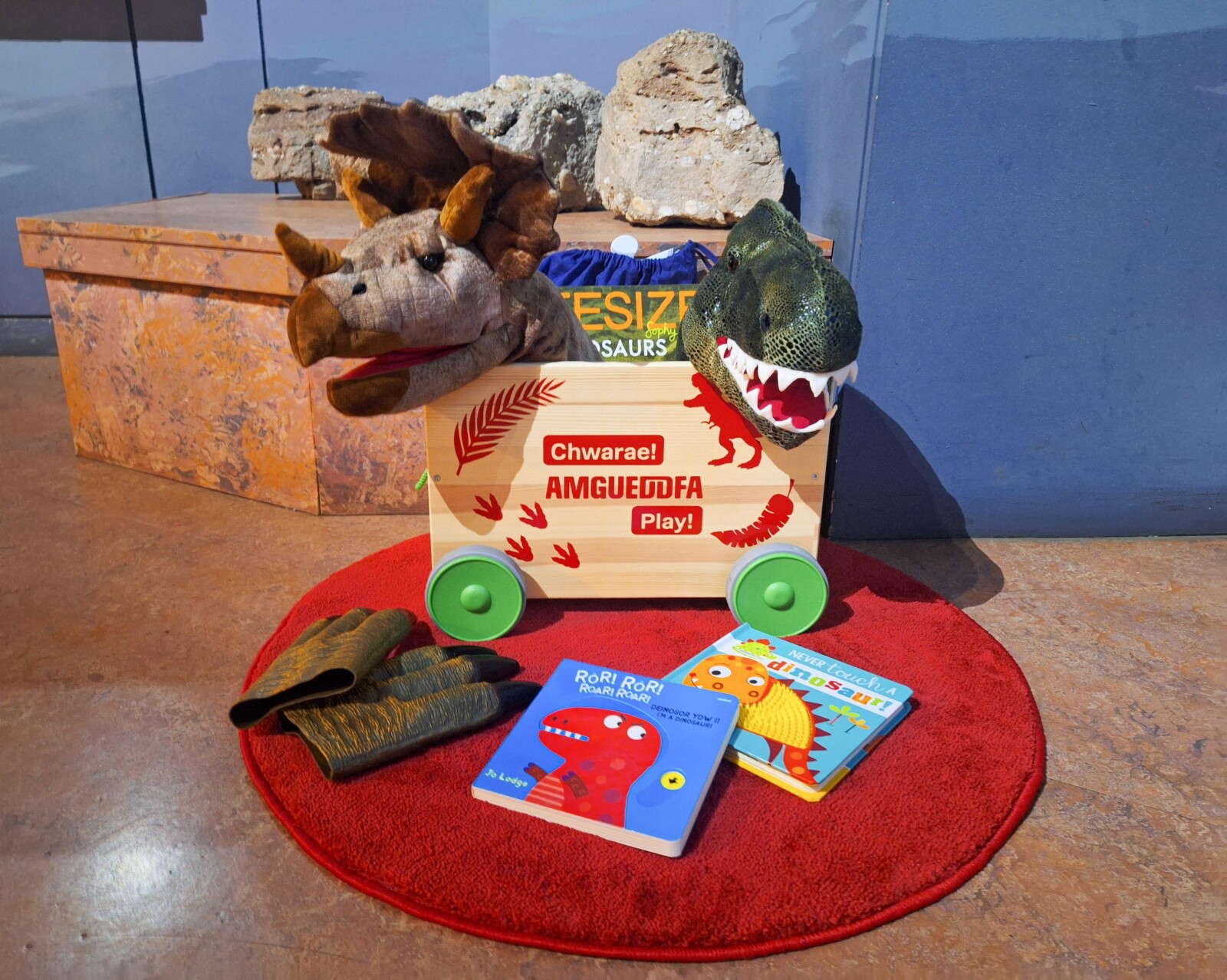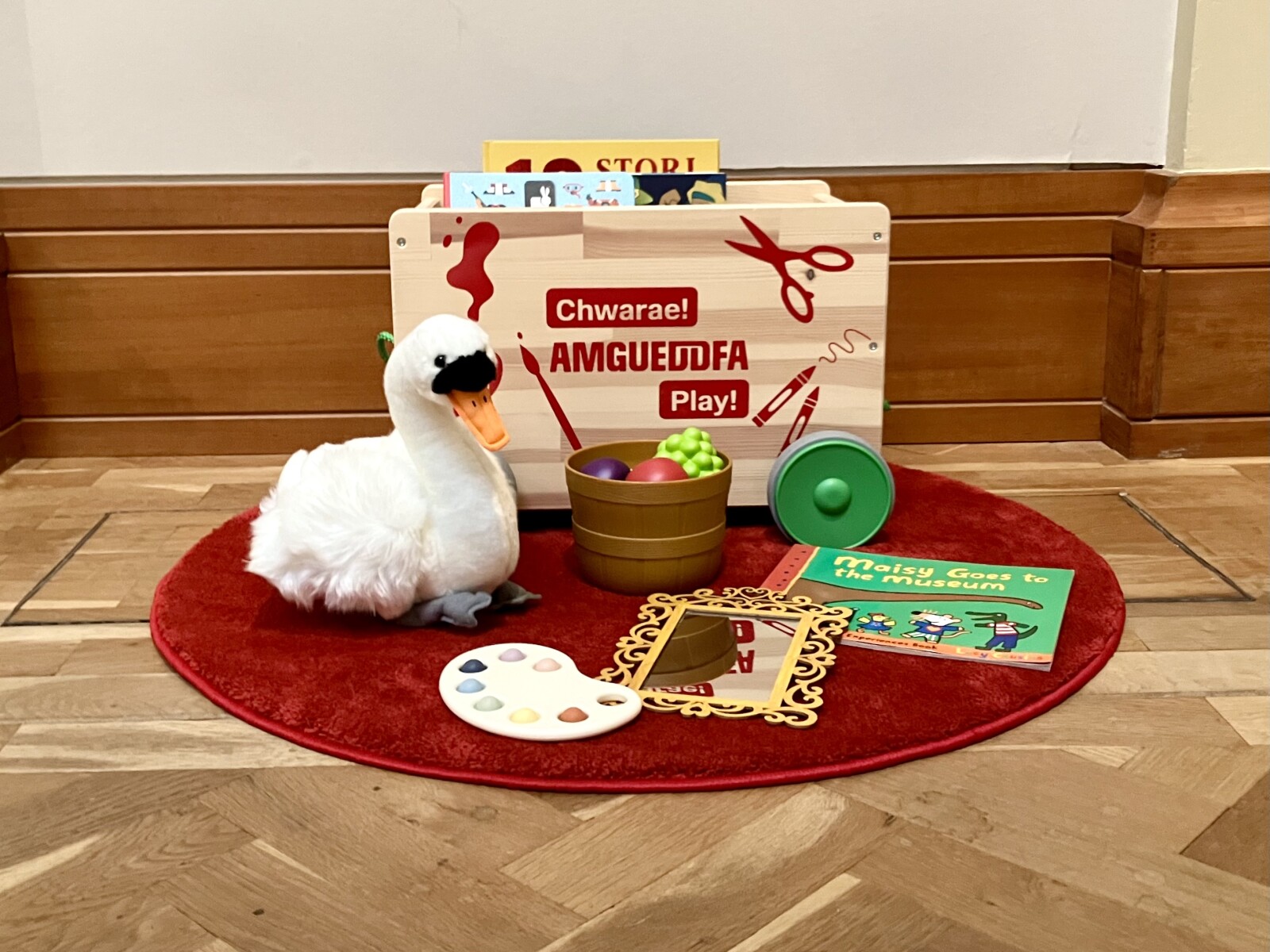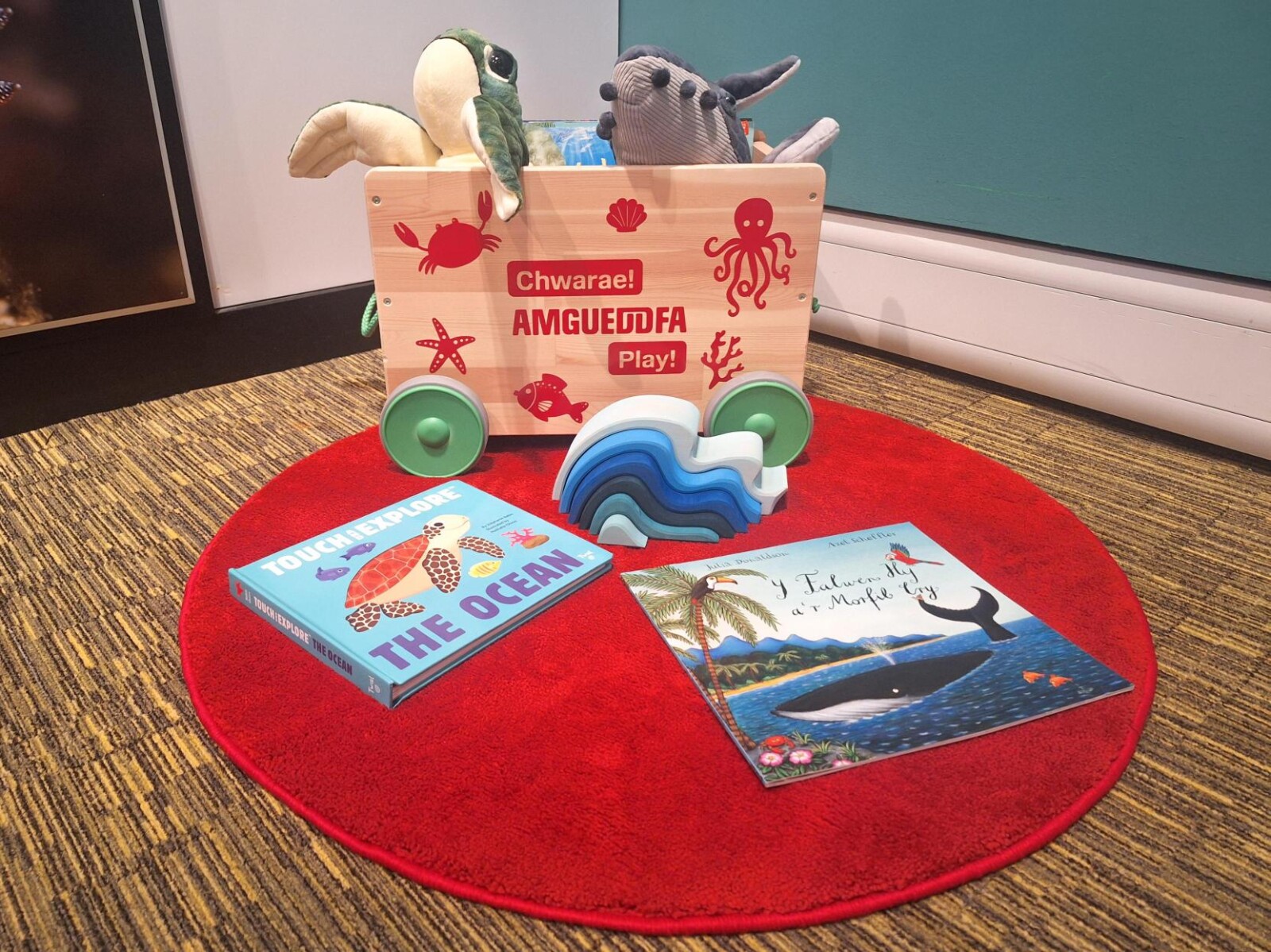A new non-native clam found in the Thames
, 18 November 2024
Hi! I’m Sophie, a Biological Science student at Cardiff University. Currently, I’m undertaking a Profession Training Year within the Mollusca section in the Natural Sciences Department at Amgueddfa Cymru under the supervision of curator Anna Holmes. My passion for zoology has inspired me to pursue opportunities that deepen my understanding of the animal kingdom. I love learning about different species and their unique roles within ecosystems. While Malacology is a new field for me, I am eager to explore the world of molluscs and broaden my zoological knowledge.
During my placement year I will be working with Anna to research a non-native species of bivalve, Potamocorbula amurensis known commonly as the Amur River clam. Specimens recently collected from the Outer Thames Estuary have come to us for identification confirmation and, if correct, it will mark the first record of P. amurensis in the UK. Native to China, Japan and Korea, Potamocorbula amurensis has been previously recorded in San Francisco Bay, where it spread rapidly, and more recently in Belgium. One of the most common ways bivalves are introduced to new environments is through ballast water from ships. Ships take in water in one area, along with small organisms, and then release it in another, leading to the introduction of non-native species.
Over the past two months at Amgueddfa Cymru, I have been engaged in a variety of tasks that have allowed me to gain valuable experience and knowledge in malacology. In preparation for our report, I have been researching previous studies on Potamocorbula amurensis, particularly focusing on its invasions in San Francisco and Belgium. I have been using a light microscope and Helicon Focus software to photograph bivalves from the museum’s collections, some of which are over 100 years old. Specifically, I have been imaging the specimens of possible Potamocorbula amurensis from the Thames, as well as specimens of that species and similar species that were already in the museum’s collection, taken from their native habitat of Asia. I am comparing them with the Thames specimens to provide a positive identification.
Additionally, I have been imaging other species from the same family, Corbulidae, also known as the basket clams, to examine the differences between similar species. In the UK, the only native species of Corbulidae is Varicorbula gibba, and it’s usually found burrowed in coastal mudflats or estuaries, hiding just below the surface. These shells are very small and must be imaged carefully, from several angles, ensuring the lighting emphasises the specific features that aid in identification. The right valve is notably larger than the left, earning it the nickname “overbite clam”. Each valve features a tooth, an important characteristic for identifying bivalves.
Recently, ethanol preserved samples of Potamocorbula amurensis have been collected from the Thames. In the next few weeks, I will be analysing the DNA of these specimens, with the hope of discovering if the UK population came from the San Francisco introduction or the native population in China.
Understanding the presence and spread of non-native species like Potamocorbula amurensis can have significant ecological and economic implications. Invasive species often disrupt local ecosystems, outcompeting native species, altering habitats, and affecting biodiversity. Some non-native species (around 10-15% of them) can become invasive and by identifying the pathways of introduction and tracking the spread of Potamocorbula amurensis, we can better inform conservation strategies and management practices to mitigate its impact on local environments.
In addition to my research project, I’ve also been given the opportunity to gain hands-on experience in curating shell collections. I have been sorting through the CCW – Lloyd James shell collection, cataloguing it into the museum’s Mollusca database. This process involves carefully organising and documenting the specimens, ensuring accurate records for future reference and research. Working with this collection has given me the chance to appreciate the incredible diversity of British molluscs and observe firsthand how intricate and beautiful their shells can be. One standout for me has been Palliolum striatum a stunning scallop species with vibrant colouring and beautifully ridged patterns.
My time at Amgueddfa Cymru so far has been nothing short of wonderful. The staff in both Mollusca and Natural Sciences as a whole have been incredibly welcoming and supportive. They have generously shared their expertise with me, not only expanding my knowledge, but also deepening my appreciation for all the great work the museum does. I’m truly grateful for this opportunity and excited for what the rest of my placement will bring. I look forward to continuing my work here and learning even more from the incredible team.
